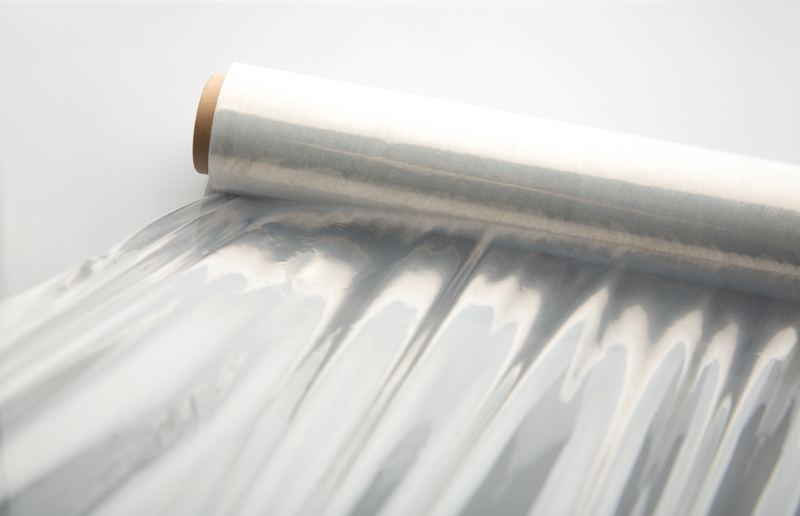Maintaining a Matte Kitchen: Cleaning Tips
Posted on 12/09/2025
In recent years, matte-finish kitchen designs have become increasingly popular due to their stylish and modern appeal. Unlike gloss finishes, matte surfaces are appreciated for their subtle elegance and resistance to fingerprints. However, maintaining a matte kitchen requires a specific set of cleaning techniques to preserve its unique characteristics. This article provides comprehensive tips on how to keep your matte kitchen looking pristine and chic.
Understanding Matte Finishes
Before diving into the cleaning tips, it is essential to understand what a matte finish entails. Matte surfaces are non-reflective, which means they do not shine or bounce back light like gloss finishes. This attribute gives them a sleek and sophisticated look, but it also makes them susceptible to showing smudges, stains, and oil residues. Hence, understanding the nature of matte surfaces is crucial in adopting the right cleaning methods.

Regular Dusting
Dust and dirt are more noticeable on matte surfaces due to their non-reflective properties. Regular dusting is the first line of defense in maintaining a clean matte kitchen. Use a microfiber cloth to gently wipe down cabinets, countertops, and other matte-finished surfaces. Microfiber cloths are highly effective at trapping dust and do not leave behind lint or scratches.
Gentle Cleaning Solutions
When it comes to cleaning matte surfaces, gentle is the keyword. Avoid harsh chemicals and abrasive cleaning tools that can damage the finish. Instead, opt for mild, pH-balanced cleaners. You can easily make a gentle cleaning solution at home by mixing a few drops of dish soap with warm water. Use a soft sponge or cloth to apply the solution and clean the surfaces. Following this, wipe down with a damp cloth to remove any soap residue and finish by drying with a clean, dry cloth.
Removing Stubborn Stains
Sometimes, despite regular cleaning, stubborn stains may appear on matte surfaces. To tackle these stains without harming the finish, create a paste using baking soda and water. Apply the paste to the stained area and let it sit for a few minutes. Gently scrub the area using a soft cloth or sponge, then wipe away the paste with a damp cloth. This method effectively lifts stains without scratching or dulling the matte surface.
Tackling Fingerprints and Smudges
One of the challenges of maintaining a matte kitchen is dealing with fingerprints and smudges, especially on cabinet doors and appliance fronts. A quick and effective way to remove fingerprints is by using a solution of equal parts white vinegar and water. Lightly spray the solution onto a microfiber cloth and wipe the affected areas. Vinegar cuts through grease and oils, leaving the surface clean and streak-free.
Dealing with Grease
Kitchens inevitably encounter grease buildup, particularly near cooking areas. While matte finishes are generally more resistant to fingerprints, they are not immune to grease deposits. For greasy areas, using a mixture of dish soap with warm water should suffice. However, if the grease is particularly stubborn, a diluted solution of white vinegar can break down the oil. Always follow up with a damp cloth to ensure no cleaning residue remains.
Maintaining Matte Appliances
If your kitchen includes matte-finish appliances, it's important to clean them with care to maintain their appearance. For daily maintenance, a damp microfiber cloth is usually sufficient. For deeper cleaning, use a non-abrasive cleaner specifically designed for matte finishes. Always check the manufacturer's recommendations for cleaning to avoid voiding any warranties or damaging the appliance surface.
Avoiding Common Mistakes
To keep your matte kitchen looking its best, avoid several common cleaning mistakes:
- Using abrasive tools: Steel wool, scouring pads, and rough sponges can scratch matte surfaces, causing permanent damage.
- Applying harsh chemicals: Bleach, ammonia, and other harsh chemicals can break down the matte finish, leading to dullness and discoloration.
- Over-wetting surfaces: Excess water can seep into joints and edges, causing swelling or warping over time.
- Leaving residue: Ensure all cleaning solutions are thoroughly removed to prevent streaks and buildup that can compromise the matte finish.
Polishing and Protecting
While matte surfaces do not require the same level of polishing as glossy ones, they can benefit from occasional touch-ups to maintain their uniform appearance. Use a product designed for matte finishes, following the manufacturer's instructions. Additionally, consider applying a protective coat if recommended by the surface manufacturer to add an extra layer of protection against stains and wear.
Setting Up a Cleaning Schedule
One of the most effective ways to maintain a matte kitchen is by establishing and sticking to a regular cleaning schedule. Daily quick clean-ups combined with weekly more thorough cleanings can keep dirt and grime from building up. Pay special attention to high-traffic areas that are more prone to fingerprints and stains.

Benefits of a Matte Kitchen
Maintaining a matte kitchen may require specific cleaning methods, but the benefits are well worth it. Matte kitchens offer a subdued elegance and a modern aesthetic. They are also advantageous in that they are less likely to show scratches and smaller imperfections compared to gloss finishes, making them a practical choice for busy households.
Conclusion
In summary, maintaining a matte kitchen involves understanding the nature of matte finishes and adopting suitable cleaning practices. Regular dusting, gentle cleaning solutions, and prompt removal of stains and smudges are key to preserving the sophisticated look of matte surfaces. By avoiding common mistakes and setting up a consistent cleaning schedule, you can ensure your matte kitchen continues to look stylish and pristine for years to come.

 Company name:
Company name:  Telephone:
Telephone:  Opening Hours:
Opening Hours:  Street address:
Street address:  City:
City:  E-mail:
E-mail:  Web:
Web:  Description:
Description: 







